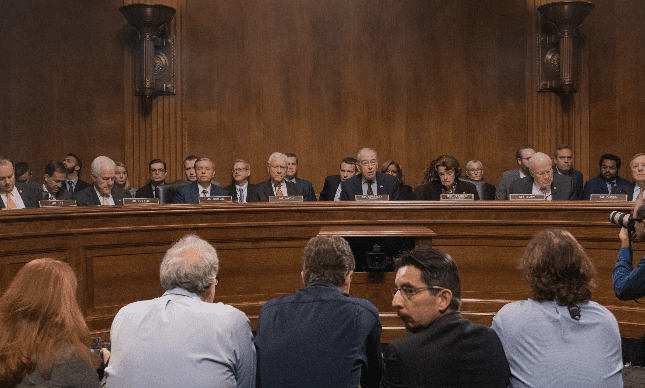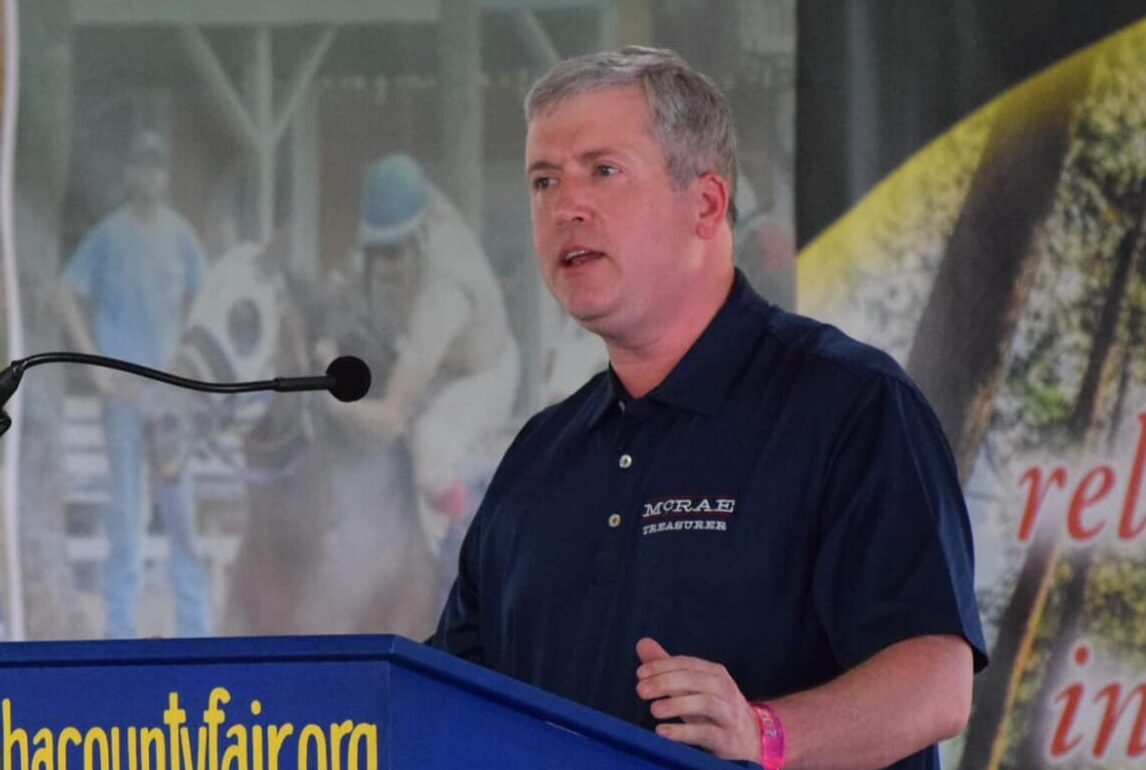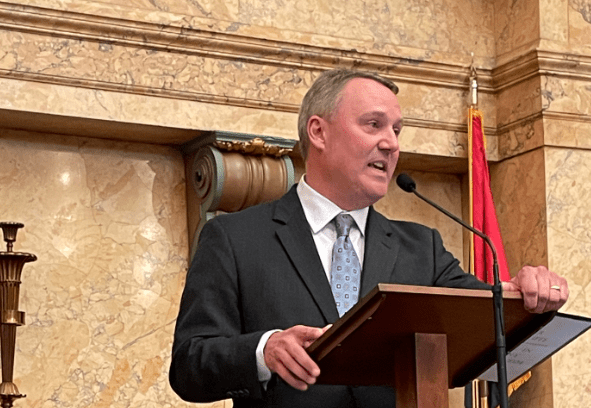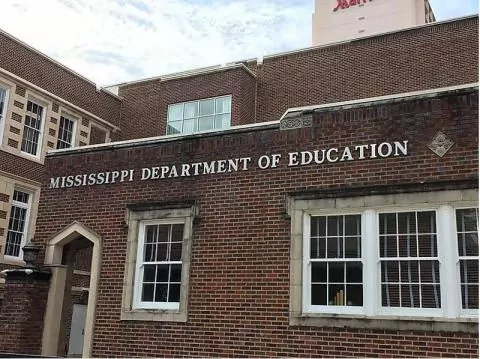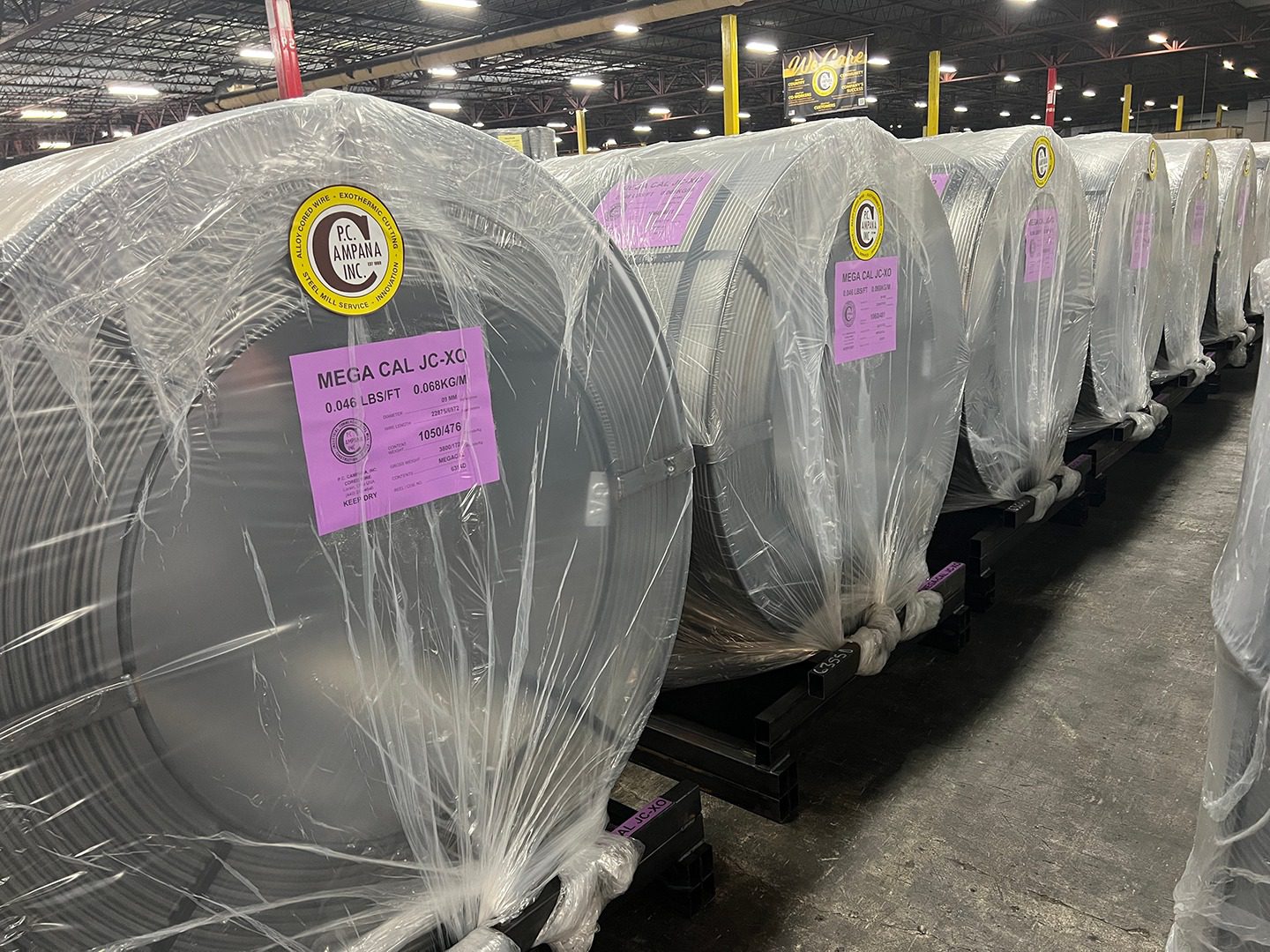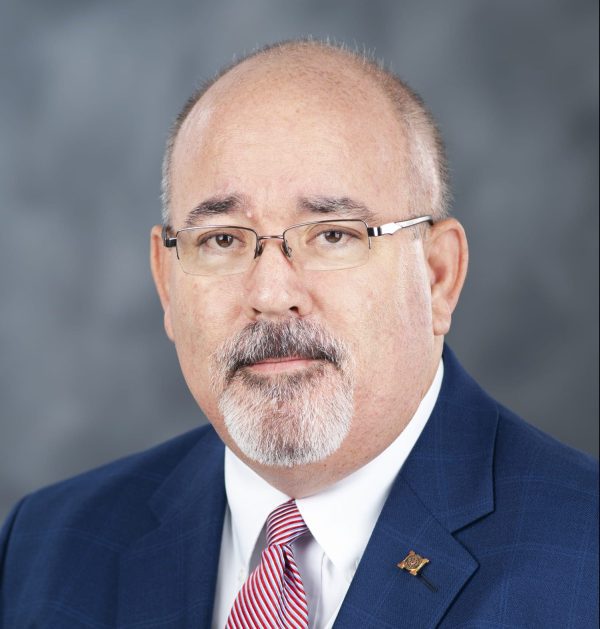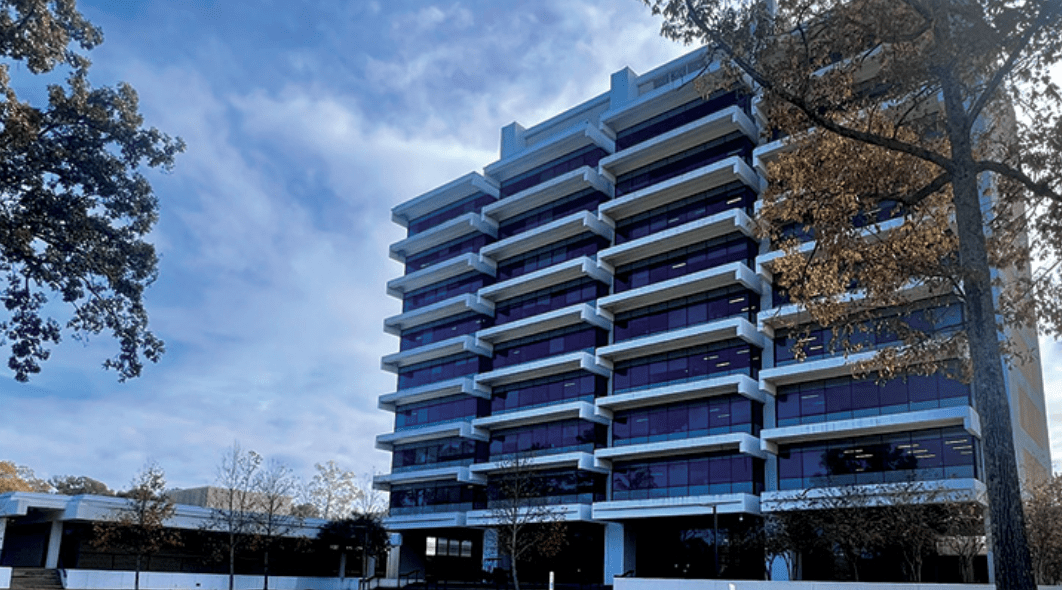
Mississippi IHL (Photo from IHL website)
- There is nearly $1.8 billion worth of construction and renovation projects happening on Mississippi’s eight public university campuses.
With more than 1,600 buildings in its fold, the Mississippi Institutions of Higher Learning Board of Trustees has put a protocol in place to ensure they are maintained. The maintenance plan comes at a time when the Legislature decided not to provide capital funding to IHL in the new fiscal year, which starts July 1.
Lawmakers provided about $20 million in capital funding in the prior fiscal year, which was used in facility and related equipment investments. This year, no funding was provided from the state for that use.
IHL’s total budget is about $6.3 billion, of which $5.3 billion is self-generated through fees, services and other revenue streams.
The number of buildings under IHL’s portfolio currently totals 1,631, an increase from the 1,583 buildings counted in April 2022, Associate Commissioner Brad Rowland recently told the IHL Board. Those buildings equate to 41.15 million square feet of space, an increase from the 40.93 million square feet recorded in 2022.
“As you can see from previous years from 2022, we’ve increased about 3 percent in our total buildings that we have,” Rowland described. “MSU obviously has the greatest amount of total buildings. And that takes into account the Experiment Stations and all the Ag, and so it makes up 40 percent of our total buildings but only 26 percent of the square footage.”
While IHL may have 25 percent of the state-owned buildings in Mississippi, it has 48 percent of the total square footage.
“We did not get any capital funding this past year and so it’s going to make all our campuses be even more strategic in how we look to take care of our facilities through an operational budget. We had a backlog that will continue to grow as a result,” Rowland described.
In January, IHL began implementing system-wide preventative maintenance protocols, which included hiring a Director of Facility Maintenance for the university system that same month.
Preventive maintenance measures to be implemented as part of the protocols will include putting bar codes or QR codes on all facilities allowing them to be scanned with tablets. Those codes will facilitate the establishment of a preventative maintenance plans through a work order system that alerts maintenance staff when work is necessary.
“So, the work order system will populate and be programmed where they’ll pop up for the maintenance staff to know when filters need to be changed, when do belts need to be changed, when do we need service on our chillers and our boilers and our cooling towers,” Rowland said. “So that we extend the life of our assets as long as we possibly can without having them fail prematurely.”
The protocol will also establish a system to determine larger needs, allowing the IHL Board to then work to secure funding. Part of the process with securing funding includes setting a Board-approved capital facilities plan by this October that will be sent to the Legislature before the 2026 session.
Currently, there is about $1.8 billion worth of work ongoing at the eight campuses in the state. Rowland described how 19 projects totaling $908.2 million are classified as new construction, five projects totaling $135.2 million are classified as renovation or expansion projects, and 146 projects totaling $783 million are general R&R (remove and replace) projects.
When Rowland was asked if he was concerned how inflation or proposed tariffs may influence building costs, he told the Board that inflation has mostly flattened out since the spikes seen post-COVID. He expects construction cost increases of about four to five percent as part of inflation, but proposed tariffs are already becoming a factor.
“It is coming into play and some of our contractors are already starting to price things with the anticipation of what they may encounter with the tariffs,” Rowland described. “So, it’s definitely going to impact to some degree. We haven’t seen enough yet to say to what degree, but I do definitely expect some impact from that.”
